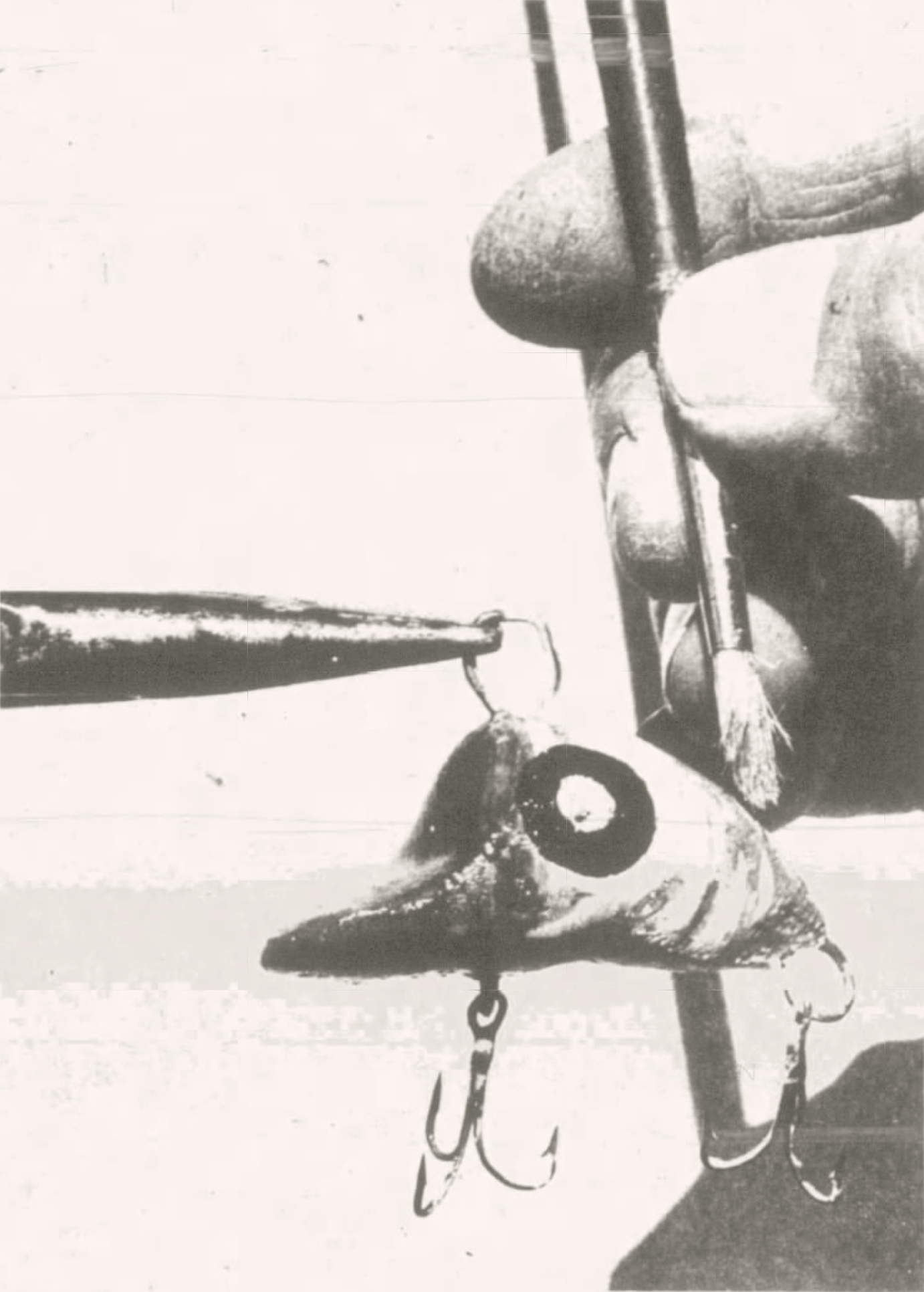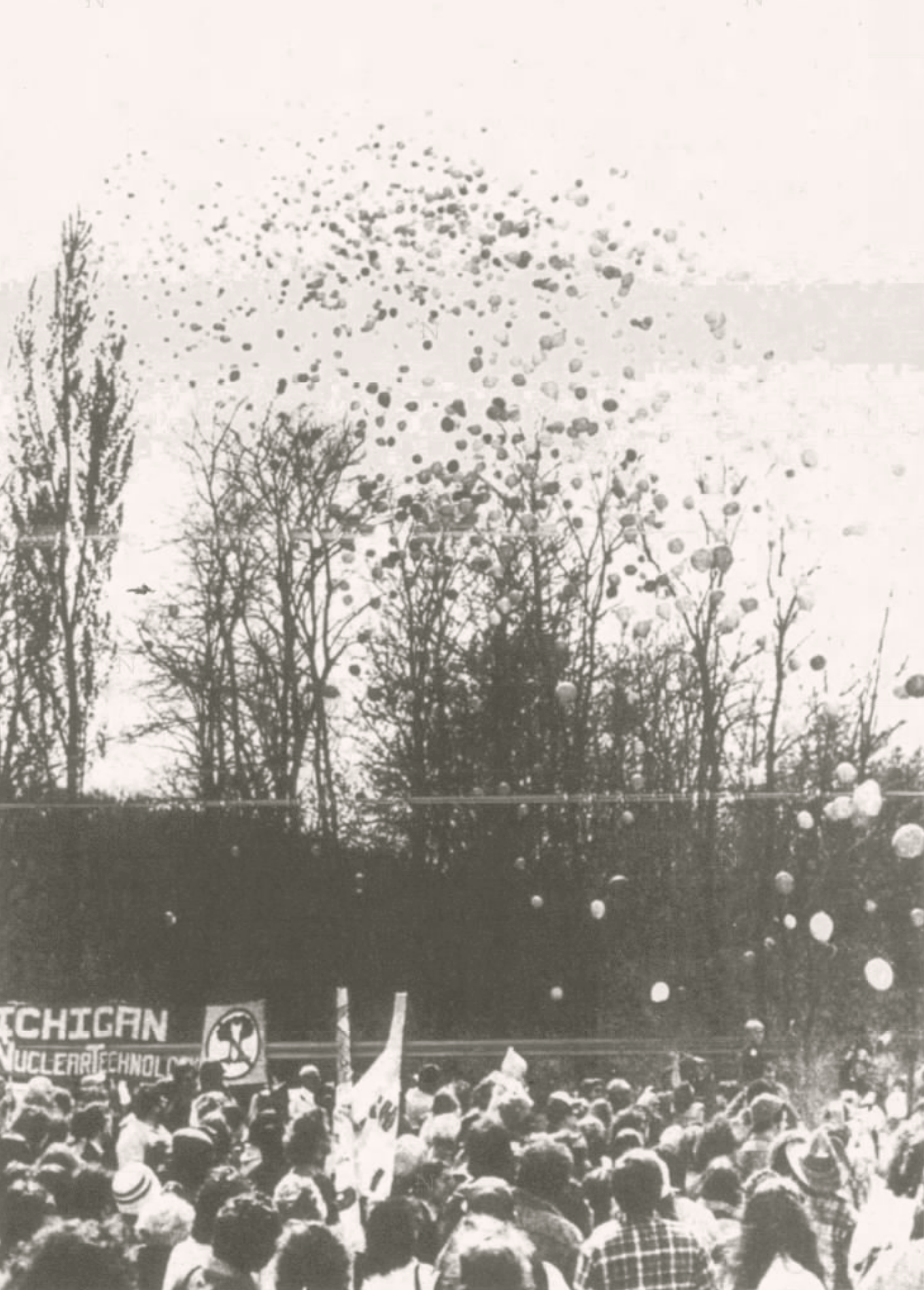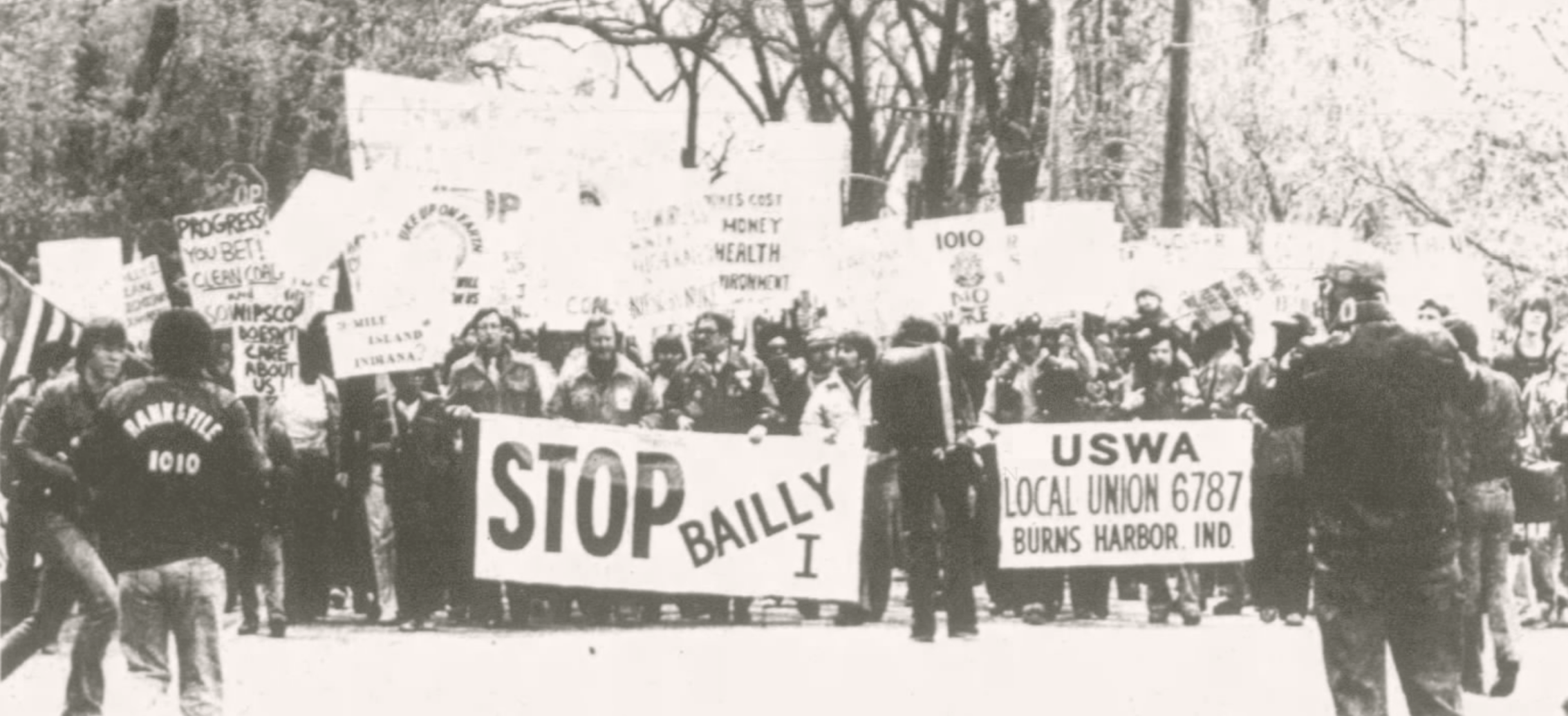It’s a good thing the United States and West Germany are friendly allies in the world of foreign affairs. Otherwise, sparks from Wednesday night’s Viking International Wrestling Meet might have ignited World War III smack dab in the Valparaiso High School gym.
More than 1,000 wrestling fans saw the Northwest Indiana team win nine of 13 matches from the West Germans, and also witnessed some international intrigue as the referees ー two from the United States and one from Germany ー didn’t always agree on the interpretation of freestyle and Greco-Roman rules.
Minor disagreements came to a head in the meet’s sixth bout, a 136-pound match between Jim Popp of Chesterton, a 1981 Indiana state champion, and Richard Krausert of Goldbach, West Germany, a 1980-81 Hessian champ.
That Greco-Roman match was tied 11-11 with 49 seconds left when the mat official ー Wilfried Petrak of West Germany ー suddenly stopped the action and awarded the bout to Krausert. The side officials ー Jerry Bratcher of Merrillville and Paul Green of Indianapolis ー looked bewildered, but were powerless to overrule Petrak, who alternated with Bratcher and Green as the head official.
Petrak apparently ruled that Popp had violated Greco-Roman guidelines, which prohibit leg action and stress upper-body maneuvers. Petrak had also warned Popp to be more aggressive during the match. But nobody knew exactly what transpired, and a language barrier shrouded the decision in mystery.
“I don’t think we still understand why the guy called Popp out,” said VHS wrestling coach John Cook, the program director. “He (Petrak) was very definitely standing up for his boy. It happens in the Olympics. It happens at the international meet in Joliet (where the West Germans are headed later this month).”
Popp, confused by the proceedings, nonetheless took the outcome in stride. “I guess I’ll survive,” he said. And what happened? “I don’t speak German.”
Later in the evening, an exhibition match between Robin Haddox of Chesterton and Werner Posselmann, a trainer for the West Germans and older than the other contestants, produced some tense moments when Posselmann gave Haddox a head slap. Some of the fans ー especially Haddox’s father ー took exception to the maneuver, but cooler heads prevailed.
There was action from start to finish last night, as the international freestyle and Greco-Roman rules encouraged aggressive, wideopen bouts. The Northwest Indiana grapplers earned a 3-3 split in matches wrestled under Greco-Roman rules, which are commonplace in Germany. And the Americans grabbed a 6-1 edge in freestyle contests, which are more common here.
“We held our own in Greco-Roman,” noted Valpo’s Cook. “In freestyle we had the advantage. We attacked the legs ー that’s our style.”
State champions Dave Lilovich of Michigan City, Rogers and Ken Taroli of Hammond both solved the Greco-Roman riddle, Lilovich winning by pin and Taroli taking an 8-6 verdict. Vince Stigler of LaPorte also captured a Greco-Roman bout with a stitch in 1:22, the fastest pin of the night.
Three Valparaiso High School grapplers ー Mark Remijan, John Hay and Greg Emig ー chalked up victories in freestyle competition. Little Remijan won 8-0 at 88 pounds, Hay got a pin in 4:36 and Emig prevailed 9-4. “Our kids did very well,: said Cook, who called the entire program a success.
Tim Walsworth of Chesterton, Rodney Robison of Lowell and Ben Puntillo of Highland were the other freestyle winners for Indiana. Walsworth won 13-1 in 5:46, with the match stopped when the point spread reached 12. Robison worked for a quick pin in 1:37, while Puntillo recovered from an early 6-0 deficit to stick his man in 1:53.
The meet was held under the auspices of the Indiana State Wrestling Association in conjunction with the Amateur Athletic Union. The Viking Wrestling Club organized the meet in Valparaiso. The Valparaiso High School foreign exchange club and student-faculty senate assisted with the visit, as did the local Kiwanis club.
Special recognition should go to Lew Rhinehart, the VHS sophomore basketball coach and German teacher who served as an announcer, interpreter and international peacekeeper.
























